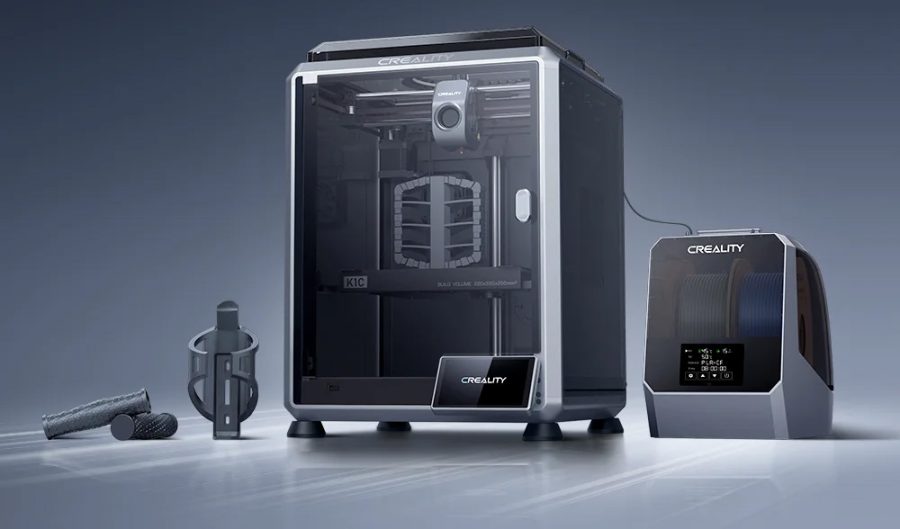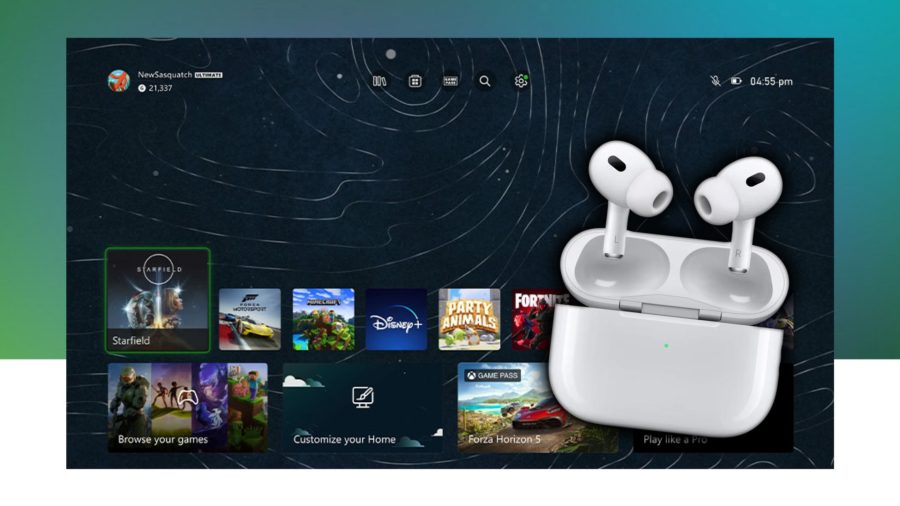Companies have been trying different ways to use crowdsourcing even before the word was first used in 2006. Last year saw the rise of it as a marketing tool, with some spectacular failures. Two memorable examples were Kraft, which was ridiculed when it changed the name of one of its products, and Toyota, which was criticized for a disturbingly off-color video.

This Innovation Series is brought to you by Lexus.
In the last four years, crowdsourcing has been credited with saving lives, redefining the news and graphic design industries, and helping startups take on industry giants, along with literally hundreds of other examples.
There’s one recent example of a company that used crowdsourcing not as a way to solve an individual problem, or to create a funny marketing video, but instead to try to understand how the crowd itself actually thinks.
In March, Nokia launched the Design by Community blog where it asked site visitors to help design a theoretical mobile devise. It’s been a three-month-long, seven-step process where the crowd analyzed everything from the device’s size and shape, to materials, to the operating system. At each step, blog visitors voted and commented – and commented and commented. Along with the voting and discussion of specs, the blog posted interviews with Nokia designers and insights into the creative process that goes into building a “real” phone.
In the end, more than 74,000 votes were cast. The name for the phone (“Nokia U”) was created and picked by the blog’s readers; in-house designers are expected to release a final mockup of the device soon.

Have the blog’s visitors designed a dream phone? Probably not. Nokia has said since the beginning that it wasn’t planning on actually making the phone. And using crowdsourcing to design products certainly isn’t new.
The final device may end up being be an afterthought for the company. Voters were presumably the kind of customers who put a lot of thought into purchasing a mobile device. And since the set of sliders available to choose features for the “U” were pretty basic (above), it’s not surprising so many of them turned to the comments section. Nokia wasn’t just looking for an end-product or a checklist of desired features – it crowdsourced a process, a transparent decision making process.
Nokia ostensibly crowdsourced a mobile device, but the crowd gave Nokia much more than that.
Photo by Svilen Milev.





















